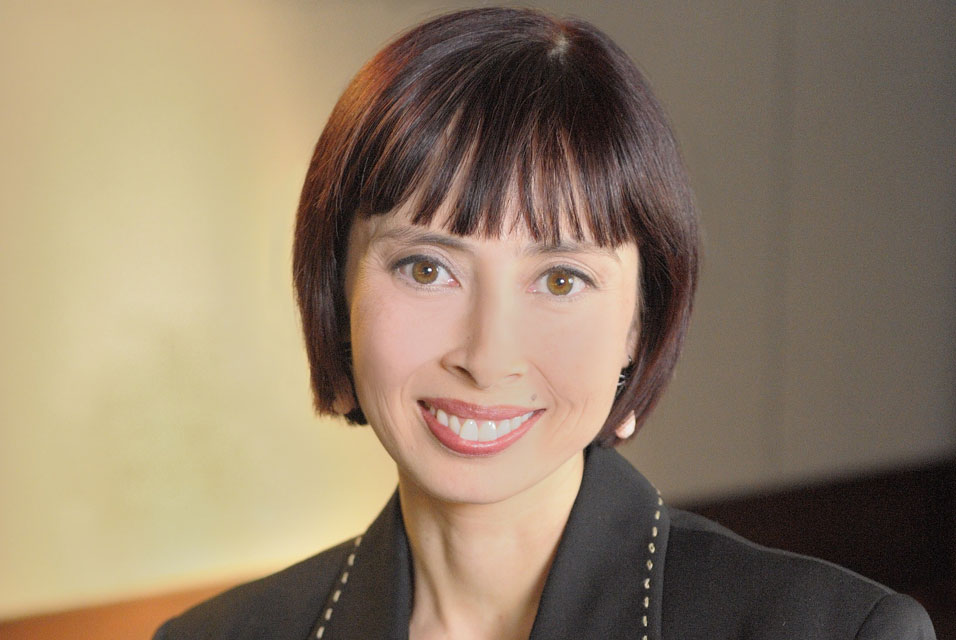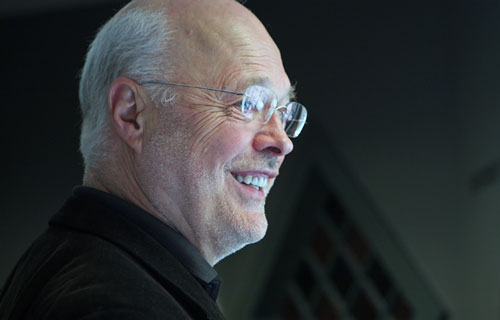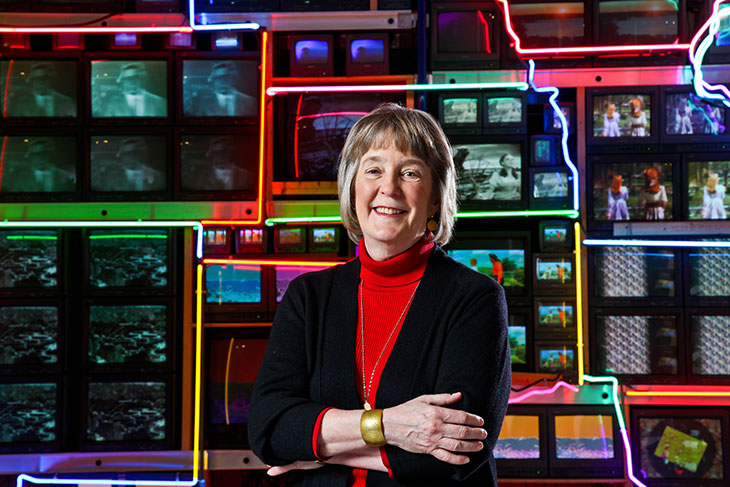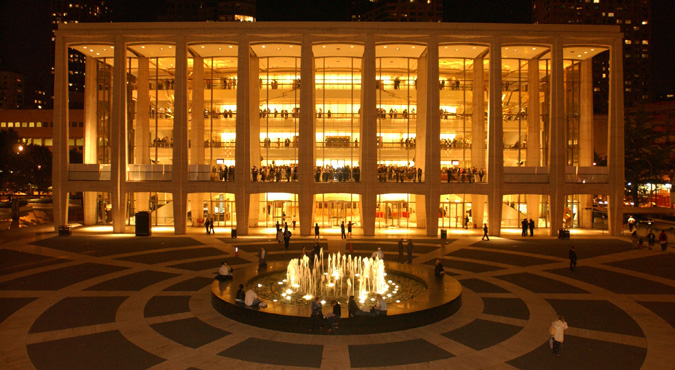When the Hirshhorn Museum, which has been led for the last year by Melissa Chiu, late of the Asia Society Museum, announced that its 40th anniversary gala would be held in New York, not in Washington, D.C., I too raised my eyebrows. That is a slap in the face to the hometown crowd, I thought. I have revised my thinking.
 Immediately after the announcement, Chiu was blasted in the local papers. Said the Washington Post:
Immediately after the announcement, Chiu was blasted in the local papers. Said the Washington Post:
The decision to hold the Hirshhorn’s 40th-anniversary gala in New York is deeply troubling and raises concern about where the museum’s new director, Melissa Chiu, is taking the organization…it is a snub, and a distressing indication that she doesn’t understand the purpose, the history or the identity of the museum she now leads….
[President] Johnson helped facilitate the gift of Joseph Hirshhorn’s collection to the Smithsonian, telling an adviser: “I want the American people to see this stuff.†Placing it in Washington, which was a tourist magnet but far from a cultural capital in the 1960s, was part of that vision.
And throughout its 40-year history, the Hirshhorn has played an essential role in elevating the cultural conversation in the nation’s capital.
The article conceded that Chiu had to go where the money was–New York, etc. And in her response, according to Washington City Paper, she offer no apology but rather context:
We started our 40th celebration last October in Washington with the opening of our newly renovated third floor for our permanent collection and an opening celebration dinner.
I still thought it was a blunder. Then, on Tuesday, came an announcement that changed my mind. The press release said:
The Smithsonian’s Hirshhorn Museum and Sculpture Garden announced today that it has received a substantial gift of $2 million—the single largest individual donor gift in the museum’s history—from Joleen Julis, who joined the board of trustees in October 2014, and her husband, Mitch Julis.
I applaud the Julises. But seriously, the largest-ever individual gift is $2 million, 40 years on into the museum’s history?
The Hirshhorn’s annual budget, including funds allocated by the Smithsonian, is about $20 million. The museum cares for about 12,000 objects, offers many special exhibitions and public programs, and is open daily (except Christmas). Joleen Julis is one of 12 new trustees that Chiu recruited to the Hirshhorn board.
Washington area residents need to be jarred–especially those who say they care about contemporary art, those who are offended by Chiu’s call on the location benefit.
If they don’t like it, they should step up to the plate and give.
UPDATE: AS of Oct. 28, the Hirshhorn has said this gala in NYC has raised more than $1.55 million–a record for the museum. Read the press release here.





